Fed Governor Randal Quarles said in a speech, “we have met the test of substantial further progress toward both our employment and our inflation mandates”. He would “support a decision at our November meeting to start reducing these purchases and complete that process by the middle of next year”.
He said Fed is not behind the curve on inflation, for three reasons: “Most of the biggest drivers of the very high current inflation rates will ease in coming quarters, some measures of underlying inflation pressures are less worrisome, and longer-term inflation expectations are anchored, at least for now”.
But, “forecast for growth and uncertainty about the resolution of supply constraints mean that there are upside risks to inflation next year.. Hence, his focus is “beginning to turn more fully from the rapidly improving labor market to whether inflation begins its descent toward levels that are more consistent with our price-stability mandate.”
“I would also be quite wary of further increases in inflation expectations in this environment,” Quarles said, “if inflation does remain more than moderately above 2 percent, be assured that the FOMC has the framework and the tools to address it.
Full speech here.





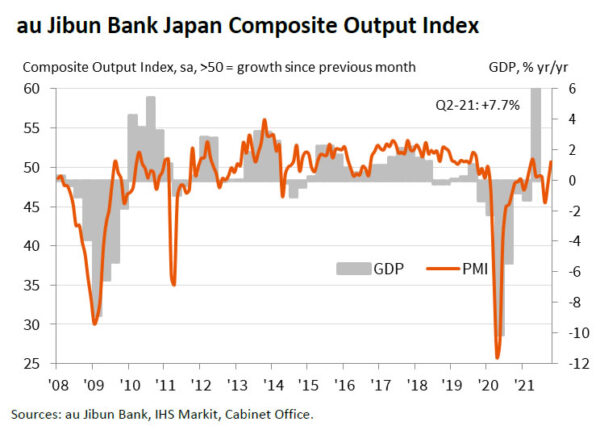

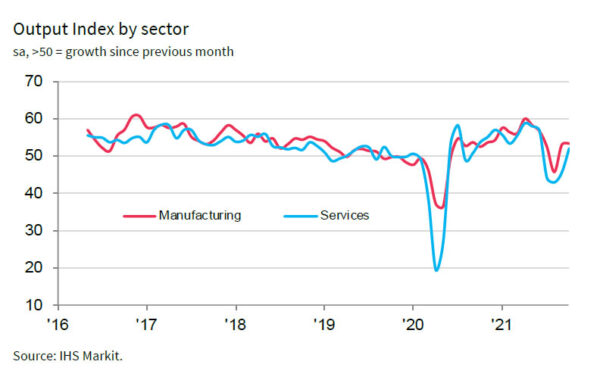
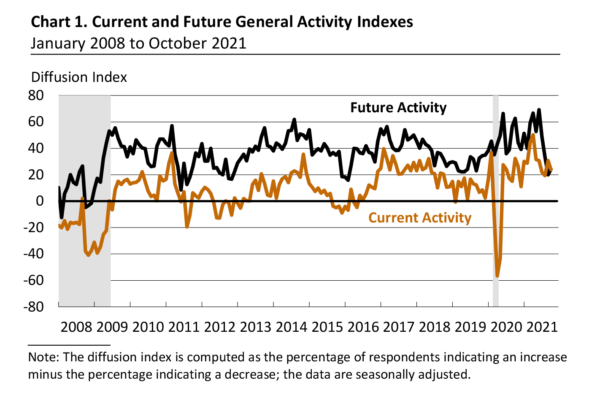
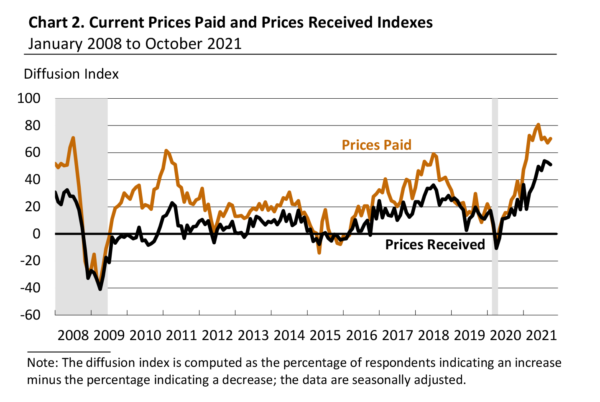
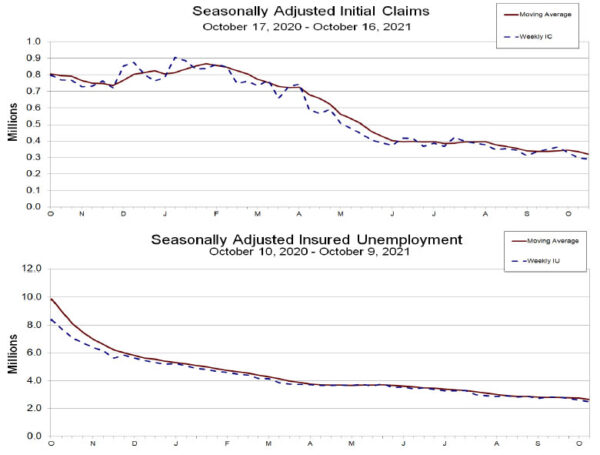
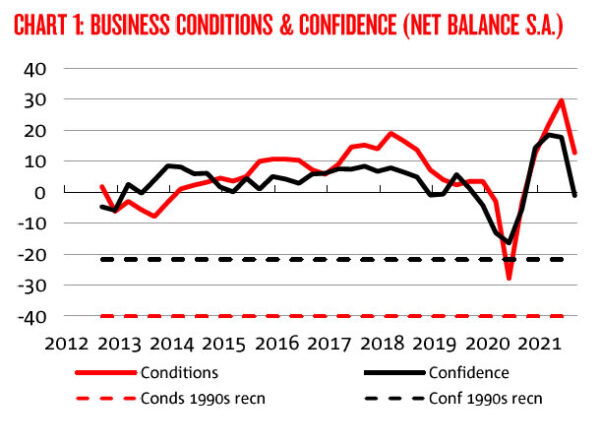



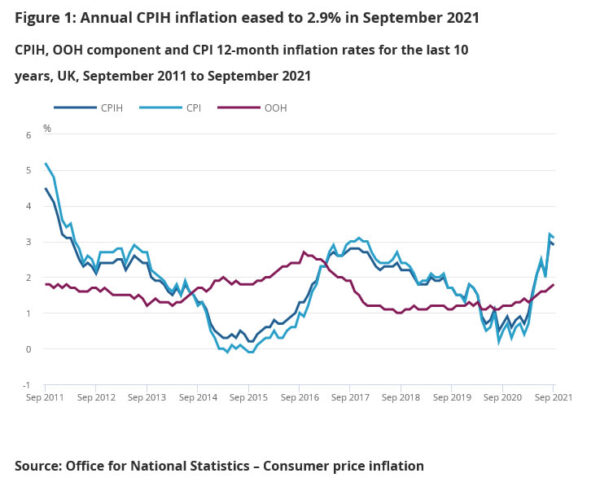
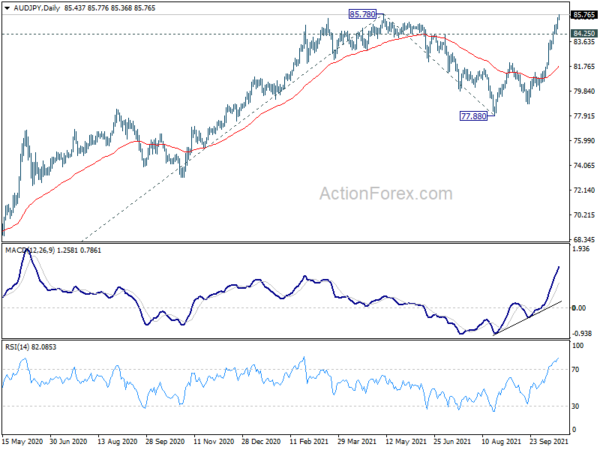
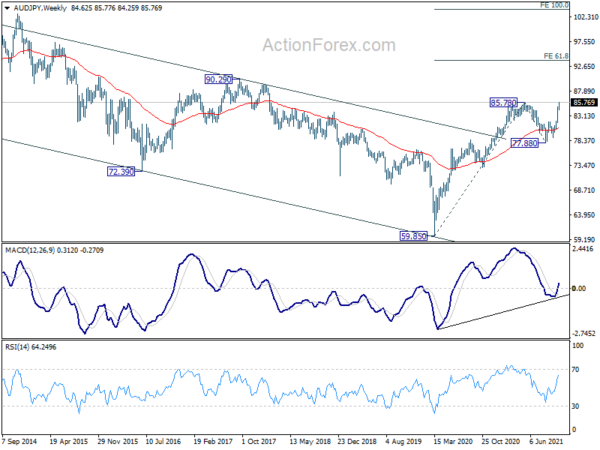
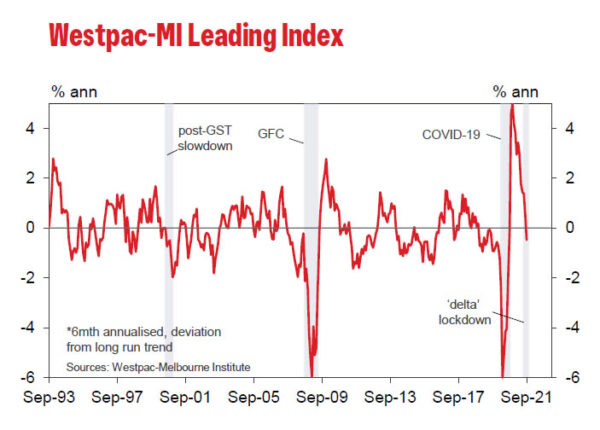

France PMI composite dropped to 54.7, growth profile akin to a K
France PMI Manufacturing dropped to 53.3 in October, down from September’s 55.0, below expectation of 54.3. That’s also a 9-month low. PMI Services rose to 56.6, up from 56.2, above expectation of 55.3. PMI Composite dropped slightly to 54.7, down from 55.3, a 6-month low.
Joe Hayes, Senior Economist at IHS Markit said: “Responsibility for France’s economic recovery was placed firmly on the shoulders of the service sector in October, as latest PMI data showed manufacturing output falling for the first time since January. The overall rate of expansion slowed to a six-month low as the supply-side issues hurting manufacturers the most offset a faster expansion in services activity. Of the medley of letters that an economic recovery can look like, France’s growth profile is currently akin to a “K”.
Full release here.